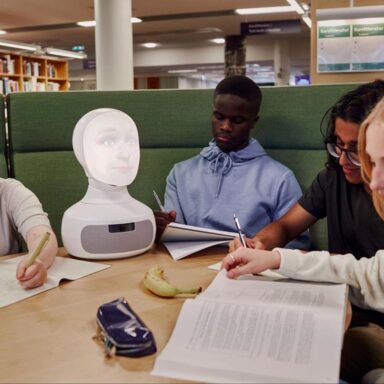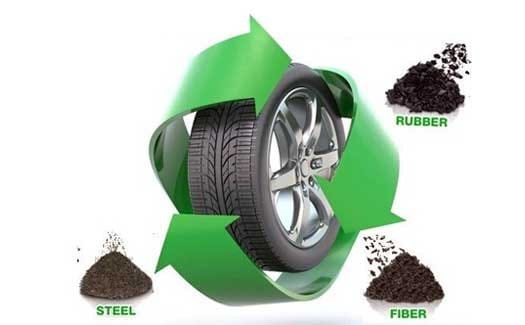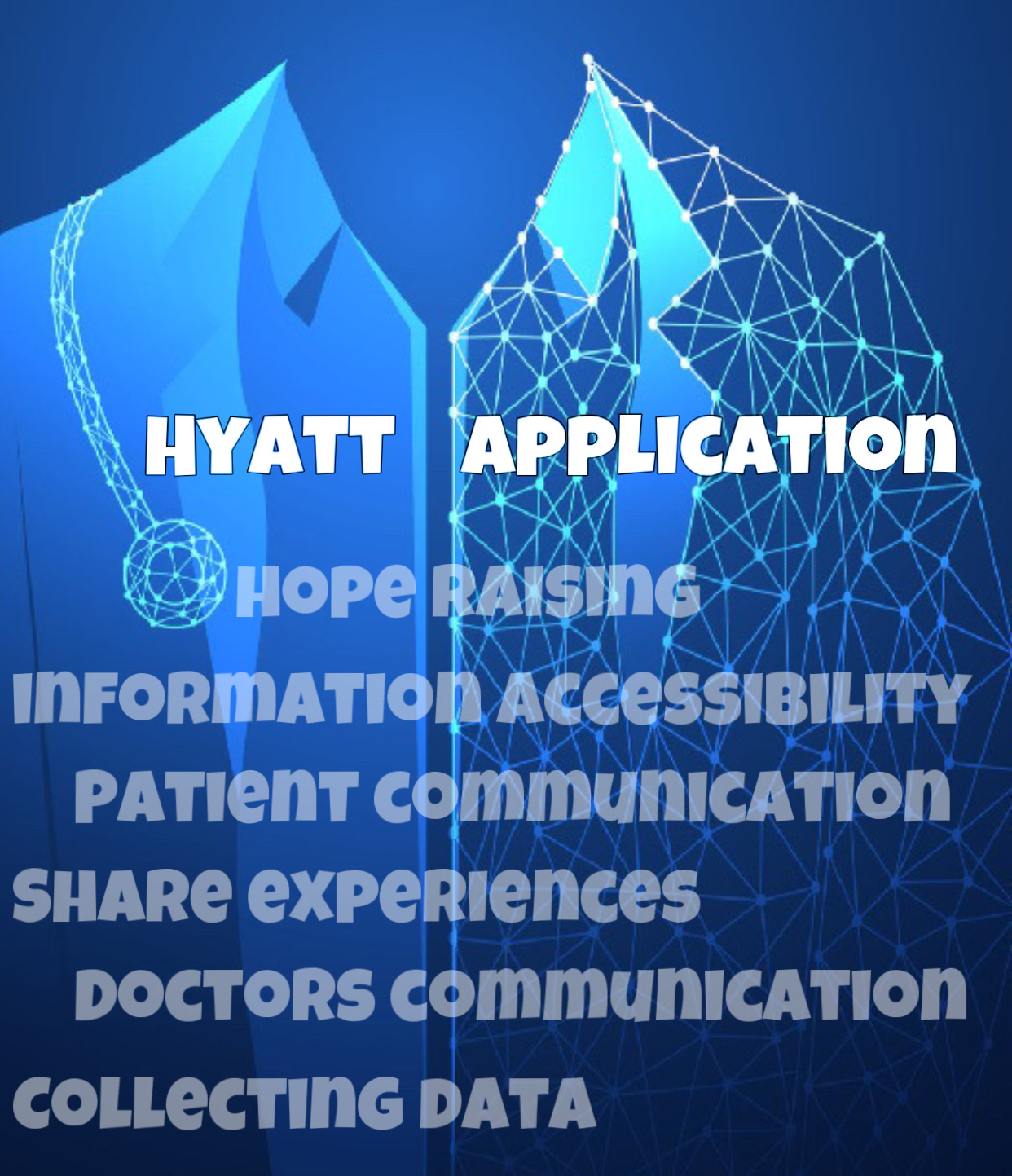The use of social robots technology in the educational delivery style for academic students
Idea Description
The use of social robots as a teaching aid can be a critical step in enhancing student learning. Compared with non-adaptive interfaces, the literature shows that user interfaces with adaptive behavior improved user acceptance and increased educational effectiveness. The aim of this project is to enable “Furhat Social Robot” to deliver adaptive instruction to general education diploma students and undergraduate students in the Sultanate of Oman. To do this, it is necessary to first align the robot’s logic with the course content and then intelligently adapt the robot’s teaching strategies based on students’ performance. Where the robot “Furhat” was designed in Sweden, and it is a social robot that interacts with the person as humans interact with each other through hearing, looking, speaking, and expressing feelings. It is also characterized by several features, including the multiplicity of personalities for more than 22 personalities ranging between different classes and ages, the multiplicity and change of voices for more than 200 voices, the multiplicity of languages used to speak more than 35 languages around the world, and it is also characterized by the representation of expressions similar to a real person.
Challenges The Idea is Addressing
1. Fear of Displacement: One of the main issues with educational robots is the possibility that students would believe their human teachers have been displaces and replaced by robots. 2. Training: Tutors who want to use educational robots as teaching aids must receive adequate training. As a result, tutors who have not received sufficient training in using educational robots for learning may find it challenging to use the technology. 3. Ways have to be found to share materials and knowledge to allow teachers from different subjects to easily set up courses.
Benefits of Idea Implementation
1. upgrading the educational level in the Sultanate of Oman and creating a new, advanced educational environment to keep pace with the Fourth Industrial Revolution. 2. Creating a generation that is conscious, aware, and able to use artificial intelligence and interact with it without worry or difficulty. 3. Helps students develop cognitive and thinking skills at an early age and also gives them skills that they can transfer to other areas of their learning. 4. preparing students for future career opportunities. 5. Support students with special needs.
Keywords / Tags
Furhat Robots, Classifications, hands-on learning, and STEM
Proposed Number of Team Members
3
Embedded Youtube Video
Keywords / Tags
Team Members


.jpg)

.jpg)















